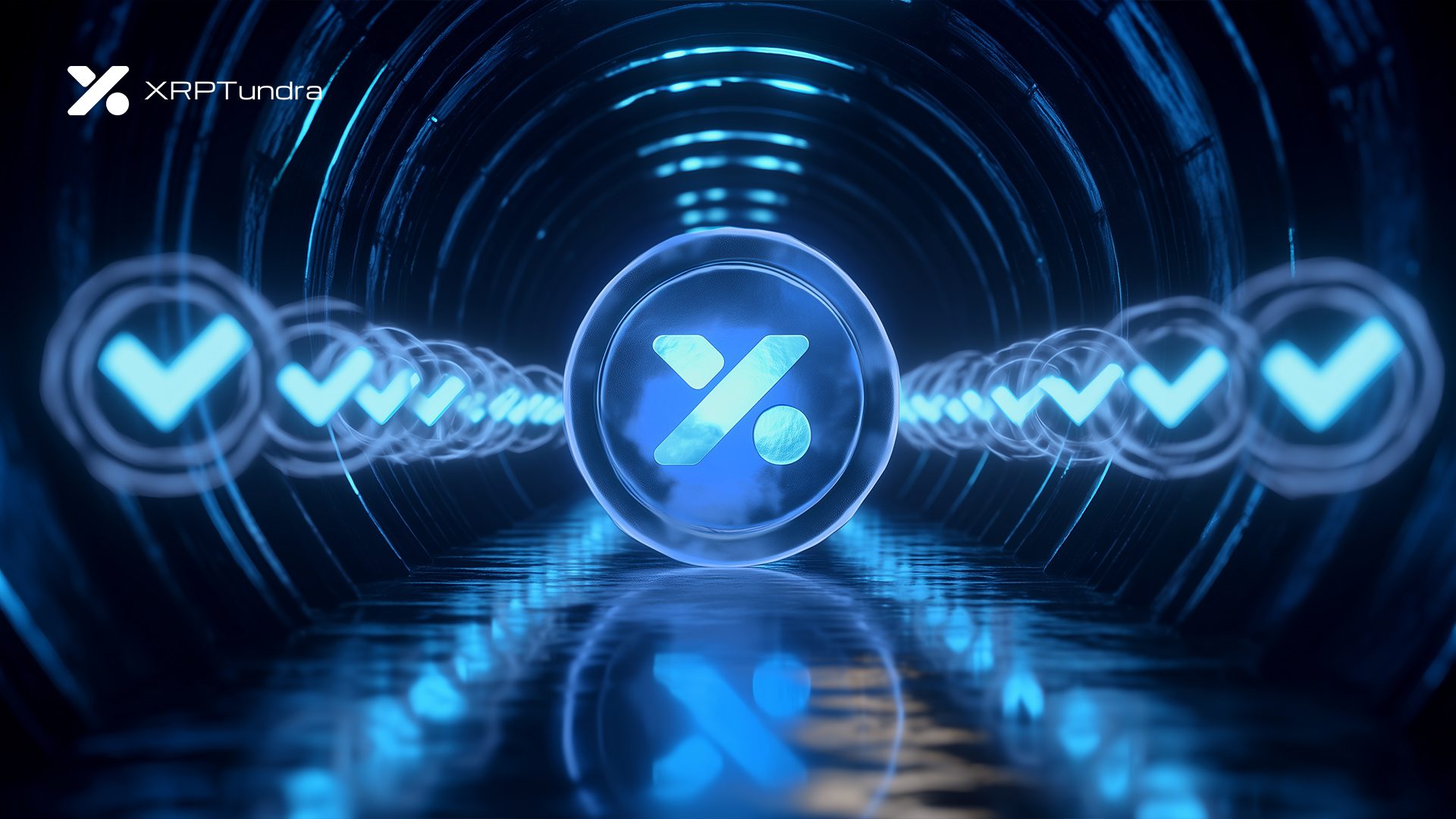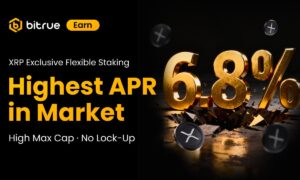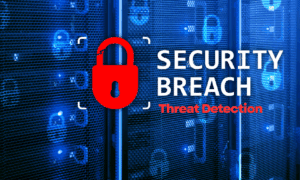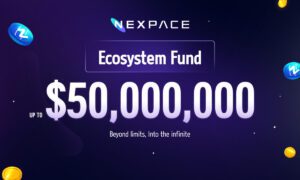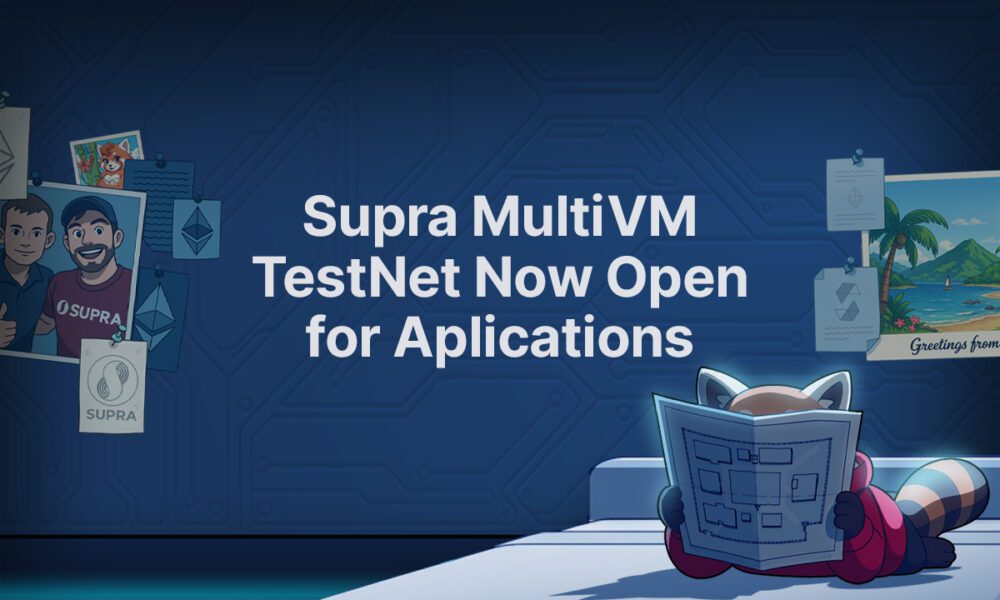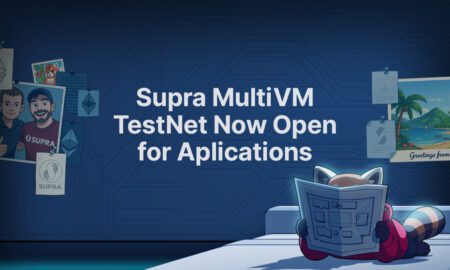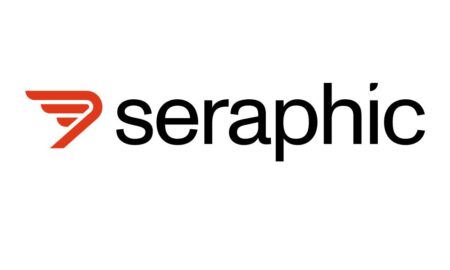XRP’s renewed relevance in late 2025 has put the broader XRPL ecosystem under a level of scrutiny it has not experienced since the early days of institutional ODL expansion. With ETFs gaining traction, liquidity conditions improving and the EVM sidechain approaching wider deployment, investors are re-evaluating the long-term potential of XRP as a base layer for compliant, high-throughput financial infrastructure. As this narrative strengthens, attention has shifted toward one question: which DeFi systems are capable of delivering the transparency, safety and utility needed for XRP’s next major phase?
That discussion is happening in an environment where security has become non-negotiable. According to Chainalysis, 0.14% of all on-chain activity in 2024 — roughly $41 billion to $51 billion — flowed to illicit addresses, with scam operations alone absorbing around $12 billion. The trend worsened in early 2025. Hacken reports $3.1 billion lost to scams and hacks in just the first six months of the year, while the decentralized, irreversible nature of blockchain transactions continues to limit recovery and prosecution rates. Compared to heavily regulated bank scams, crypto fraud still carries a higher reward-to-effort ratio, incentivizing bad actors.
This has intensified demand for fully audited, KYC-verified protocols that offer clarity rather than promises — and it is within this context that XRP Tundra’s audited architecture is being evaluated as part of XRP’s true potential.
XRP’s Potential Grows as Institutional and On-Chain Utility Converge
XRP’s fundamental strength has always been utility, not speculation. As liquidity migrates toward regulated ETF products and ODL corridors process higher volumes, the broader XRP ecosystem is benefiting from renewed institutional attention. The upcoming EVM sidechain rollout and expanding cross-border payment integrations are driving a shift in how analysts view XRPL: no longer as a closed, payments-only network, but as a foundation for scalable, multi-chain DeFi activity.

For XRP holders, the missing piece has been a secure, audited infrastructure for staking, governance and revenue participation. This is why many analysts argue that the next phase of XRP’s potential depends on the growth of native DeFi layers — platforms capable of handling governance, yield and liquidity without compromising on verification. XRP Tundra was designed specifically to fill that gap, combining Solana throughput with XRPL-based governance through its dual-token system, and preparing the ground for GlacierChain, a Layer-2 that integrates directly with XRPL execution.
As the ecosystem shifts from speculation to structured utility, the demand for verifiable DeFi systems grows stronger. XRP Tundra enters this environment not as a speculative side project but as part of the broader infrastructure play that analysts expect to shape XRPL’s 2026 cycle.
Audited Smart Contracts and Verified Governance Strengthen the XRPL DeFi Landscape
In a year where billions were lost to scams, validation is the dividing line between viable DeFi systems and high-risk experiments. XRP Tundra’s architecture is supported by a complete audit suite available publicly through Cyberscope, Solidproof and FreshCoins. Each audit confirms no mint functions, no developer-controlled backdoors, no privileged administrative keys and no hidden token logic. Team verification is backed by Vital Block, adding a second transparency layer that is rarely seen in early-stage DeFi ecosystems.
XRP Tundra also applies DAMM V2 liquidity mechanics on Solana, an architecture designed to discourage manipulation during early trading. Dynamic fees start high and decrease over time, reducing the likelihood of automated dumping, while ensuring that price discovery unfolds with organic volume rather than bot-driven spikes. All program logic is open-source and revenue activity is tracked on-chain, allowing participants to verify the ecosystem’s operational integrity without relying on internal reporting.
For investors asking “is XRP Tundra legit”, the presence of multiple independent audits, transparent codebases and a verified team has made the project one of the more prominent case studies in XRPL DeFi security.
Revenue-Backed Yield Systems Reflect XRP’s Mature DeFi Direction
XRP’s long-term potential hinges on the creation of a sustainable yield layer. XRP Tundra’s Cryo Vault system answers that requirement by generating returns from real protocol revenue rather than from emissions. Fees from swaps, borrowing, lending, derivatives and cross-chain operations across the ecosystem flow directly into the revenue vault. Frost Key NFT mints contribute an additional income stream, while a portion of protocol fees is used to market-buy and permanently lock TUNDRA-X, strengthening the governance treasury over time.
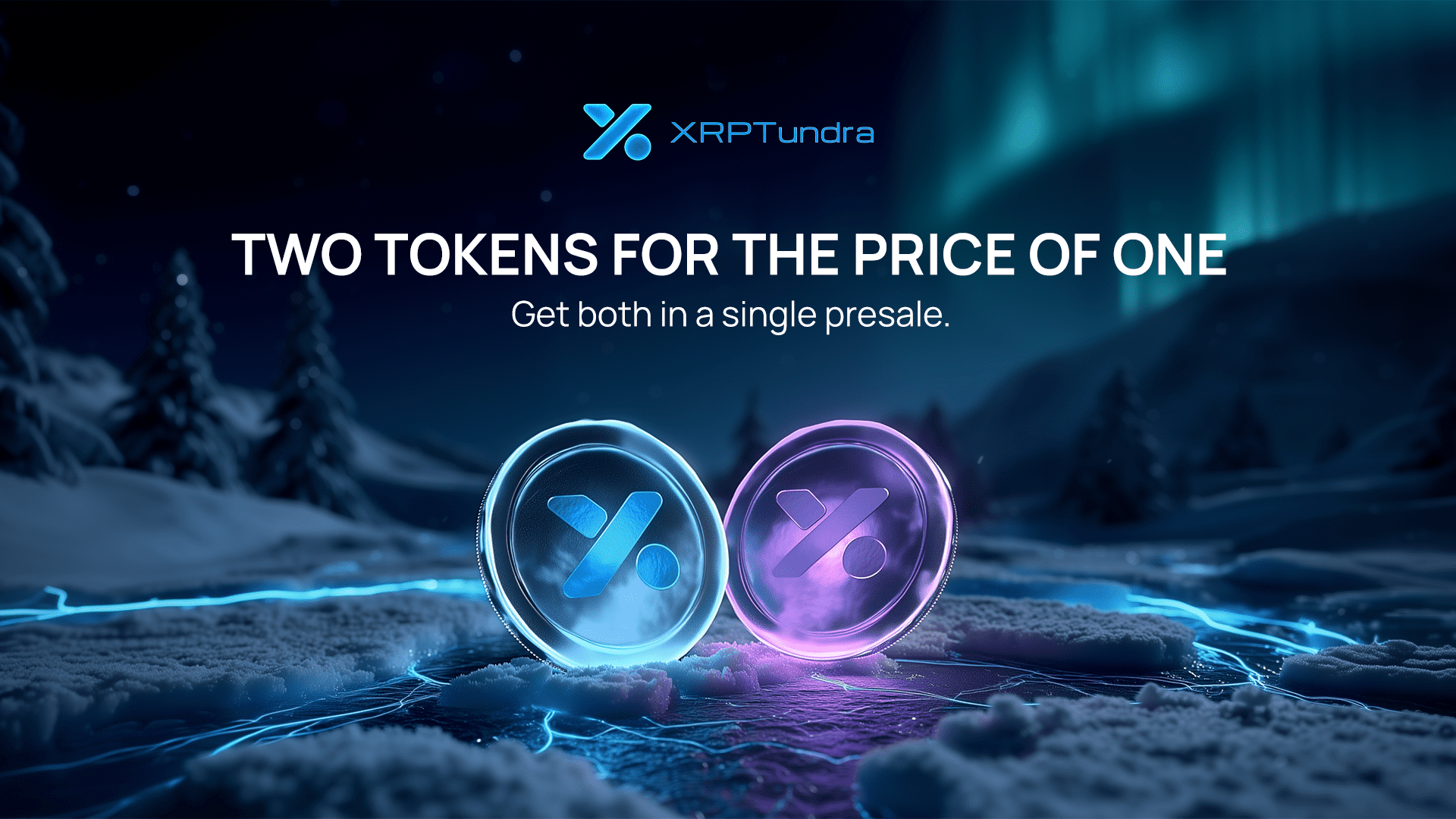
This model mirrors proven revenue-sharing frameworks used by established platforms such as GMX and Gains Network: when activity increases, yields rise; when activity slows, yields adjust — all without diluting token supply. With both TUNDRA-S and TUNDRA-X set at hard-capped supplies and no mint keys in existence, the system is structurally incapable of inflating rewards artificially.
The architecture aligns with XRP’s broader transition into scalable DeFi. As analysts cover in technical reviews such as Crypto Legends’ breakdown, sustainable yield mechanisms are becoming essential for ecosystems moving beyond speculation. Reward distribution linked directly to real protocol revenue is exactly the type of infrastructure investors look for as XRPL transitions into its next growth phase.
Dual-Chain Engineering Defines XRP’s Long-Term DeFi Potential
XRP Tundra’s dual-token, dual-chain system supports XRP’s broader evolution into a multi-layer DeFi ecosystem. TUNDRA-S handles execution on Solana, enabling the high-speed operations required for swaps, lending and routing. TUNDRA-X manages governance and reserve functions on XRPL. GlacierChain — launching as a dedicated XRPL Layer-2 — expands this system into a full-scale DeFi environment, where the governance token oversees treasury functions while Solana-based execution handles throughput.
Presale activity reflects this momentum. Phase 12 offers TUNDRA-S at $0.214 with an 8% token bonus, while TUNDRA-X comes at a reference value of $0.107 at no additional cost. Both assets have confirmed listing prices — $2.5for TUNDRA-S and $1.25 for TUNDRA-X — giving early supporters clear valuation visibility ahead of January. With hard caps on supply, unsold tokens burned and anti-dump mechanisms in place, many investors are viewing this as a structured entry into XRP’s next major DeFi expansion.
XRP’s true potential is not defined by price predictions but by the infrastructure being built around it. As audited, revenue-backed systems begin replacing speculative yield, and as XRPL prepares for a more robust multi-layer environment, platforms like XRP Tundra illustrate what secure DeFi within the XRP ecosystem could look like in 2026 and beyond.

Join thousands of explorers preparing for Cryo Vault activation and secure your allocation as January launch approaches.
Buy Tundra Now: official XRP Tundra website
How to Buy Tundra: step-by-step guide
Security and Trust: FreshCoins audit
Join the Community: Telegram

